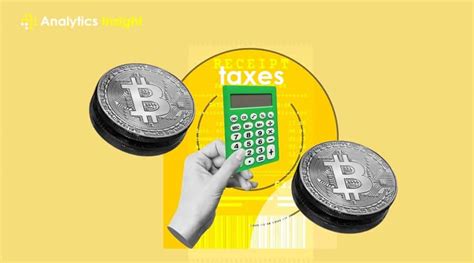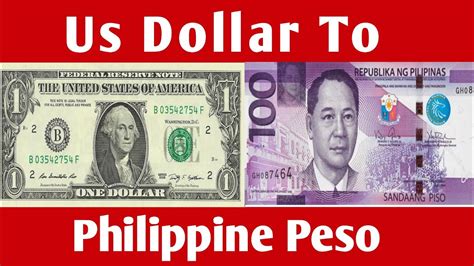What is the Current Gold Price per Ounce Today?
As of writing on March 8, 2023, the spot price of gold is $1,871.50 per troy ounce, according to Kitco. This represents a slight decrease from the previous day’s closing price of $1,875.60.

How has the Gold Price Performed Recently?
In recent months, the gold price has been relatively stable, fluctuating within a range of $1,850 to $1,900 per ounce. This stability has been attributed to several factors, including:
- Uncertainty in the global economy: Concerns about the potential impact of the COVID-19 pandemic and geopolitical tensions have led investors to seek safe-haven assets like gold.
- Low interest rates: Central banks around the world have maintained low interest rates to support economic growth, making gold more attractive as a store of value.
- Inflation: Rising inflation has eroded the value of fiat currencies, making gold a more desirable investment.
What are the Factors Affecting the Gold Price?
Numerous factors can influence the gold price, including:
- Economic growth: Strong economic growth typically leads to increased demand for industrial metals, which can boost the gold price.
- Inflation: Inflation erodes the value of fiat currencies, making gold a more attractive store of value.
- Interest rates: Higher interest rates make gold less attractive as an investment, as they provide a more secure return.
- Geopolitical events: Wars, conflicts, and political uncertainty can drive up the demand for gold as a safe haven.
- Central bank policies: Central banks’ actions, such as buying and selling gold, can have a significant impact on the gold price.
Gold Price Forecast for 2025
Analysts expect the gold price to continue to trade within a range of $1,800 to $2,000 per ounce in the coming years. Several factors support this forecast:
- Continued economic uncertainty: The COVID-19 pandemic and geopolitical tensions are expected to continue, creating uncertainty and driving demand for safe-haven assets like gold.
- Persistent inflation: Inflation is expected to remain elevated in the coming years, supporting the gold price as a hedge against inflation.
- Limited supply: Gold is a finite resource, and the supply is not expected to increase significantly in the coming years.
How to Invest in Gold
There are several ways to invest in gold, including:
- Physical gold: Purchasing physical gold bars or coins is a popular way to invest in gold.
- Gold ETFs: Gold ETFs (exchange-traded funds) are baskets of gold that trade on stock exchanges.
- Gold mining stocks: Investing in gold mining stocks can provide exposure to the gold price without investing in physical gold.
Pros and Cons of Investing in Gold
Pros:
- Safe haven: Gold is considered a safe haven asset during periods of economic uncertainty.
- Inflation hedge: Gold can help protect against inflation by preserving its value over time.
- Portfolio diversification: Gold can diversify a portfolio and reduce overall risk.
Cons:
- Limited growth potential: Gold does not typically appreciate in value as rapidly as other investments, such as stocks.
- Storage costs: Storing physical gold can be expensive and inconvenient.
- Tax implications: Selling physical gold may be subject to capital gains tax.
Conclusion
Gold is a valuable asset that has been used as a store of value and a medium of exchange for centuries. While the gold price can fluctuate in the short term, it has historically proven to be a reliable investment over the long term. By understanding the factors that affect the gold price and the different ways to invest in it, investors can make informed decisions about whether gold is right for their portfolio.



